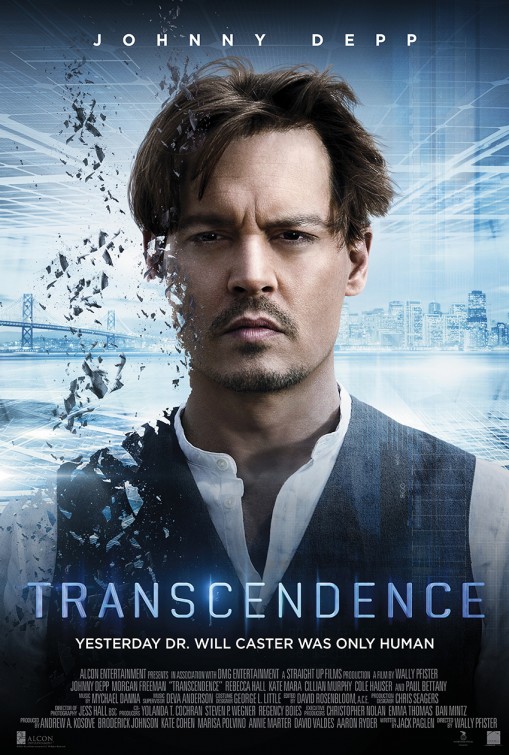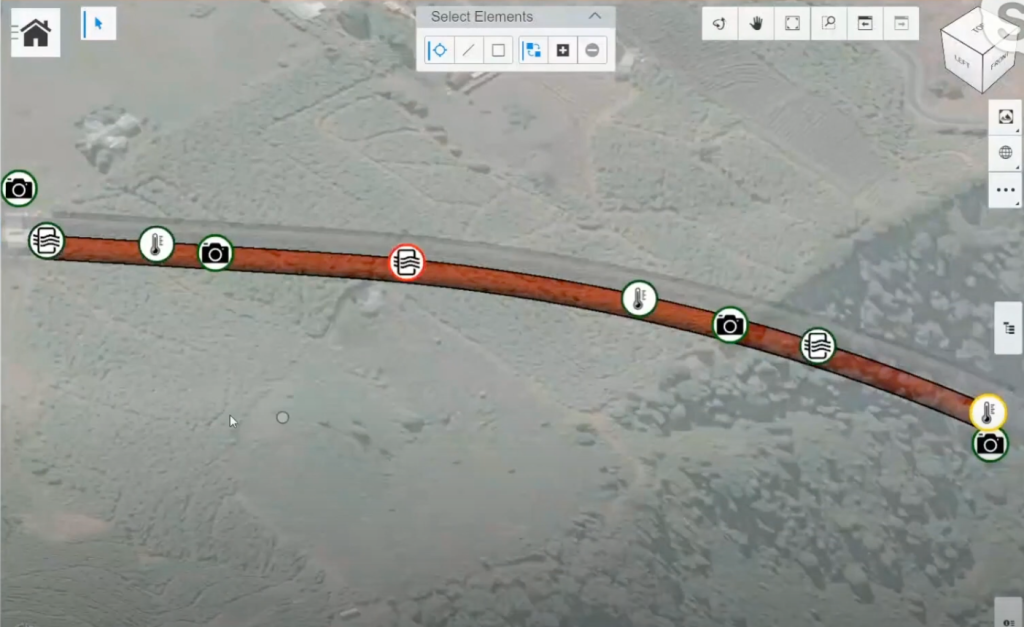Even though I’m not an aficionado of sci-fi movies, I like this genre a lot. Watching a science fiction movie is beyond satisfying. It allows me to have an immersive experience in some kind of science-based surrealism that I can almost never bask myself in in real life. Alien worlds, time travel, superpowers, and immortality- all of these fancy concepts represent our visions and ambitions, stretching into the high-end but out-of-reach technologies.
Recently, I watched a sci-fi movie called Transcendence. It starred famous actor Johnny Depp (one of my favorite actors, haha) as a leading computer scientist. In the movie, he developed an intelligent machine called PINN that enables him to transfer his consciousness to it after his death. He also created a world where physical computers can represent or even transcend the abilities of the human brain.

In the movie, physical assets were represented digitally, and humans were replicated into a digital world. These reminded me of something related to my work on digital twins. A digital twin represents and services as a real-time digital counterpart of a physical object or process.
So what exactly is a digital twin?
The first practical definition of a digital twin originated from NASA in an attempt to improve the physical model simulation of spacecraft in 2010. And more interestingly, the concept was coined back in 2002.
A digital twin is a virtual representation of an object or system that spans its lifecycle, is updated from real-time data, and uses simulation, machine learning, and reasoning to help decision-making.
It is not hard to digitize any physical asset in the computer world nowadays. For instance, we can easily convert a manuscript handbook into a PDF file on our computer. We have no difficulty in drawing a 3D digital model in Revit (an Autodesk software) or MicroStation (a software designed by Bentley Systems). But Digital Twin goes beyond digital representation.
A digital twin can simulate the behavior of complex systems of physical things in real-time and react to different inputs, like sensors. These physical things can be a power plant, a bridge, a building, a city, even a human being. Digital Twin integrated with IoT (Internet of things), is what we always see in a mysterious sci-fi movie.
The values of a digital twin
I didn’t know anything about digital twins until I joined Bentley Systems. I was not aware of the maturity of this technology either. To me, digital twin was still a fancy concept in sci-fi movies. Like in Transcendence, digital twins with 3D printing can eradicate pollution, disease, and human mortality.
My notion towards digital twins changed after working on virtual-twin-related projects over the past year. I saw multiple projects benefit from it.
I’m so grateful that I got the opportunity to touch base on the essential value of the digital twin in Bentley. By collecting real-time data from the installed sensors, digital twins connect the real and virtual worlds. It allows us to know how the products are performing, as well as how they will in the future. It can help us detect, prevent, predict and optimize through real-time analytics to deliver business value.
I was impressed by below two examples of how a digital twin works in real life.
- Bypass in Coffs Harbour

There is a specific highway as the main road across the center of the town in Coffs Harbour in Australia. To keep the traffic going through the town, the project is to build roadways to bypass it. The most exciting thing is that all of the different assets, like the tunnels, bridges, and roadways, are monitored by IoT sensors.
We used the digital twin to replicate all of these assets in the iTwin platform(Bentley’s digital twin platform). We could simply monitor the virtual twin of these physical assets on our computer as a whole. If an unusual thing happens in a tunnel, like an accident, we could spot the accident almost in real-time as it happens. In that way, rescuers can carry out the rescue work in a timely manner and save more lives.
Deep Dive: Integrating 3D Models and IoT data with iTwin and Azure Digital Twins
2. A smart device in our house – Smart fish

Johannes Renner, a blogger on Medium, acquired a few smart devices for his house, like an air quality monitor, light switches, and fish tank. Each device came with its own app. He decided to use an open-source hub to integrate all of his gadgets.
He synchronized his house and his smart devices with the iTwin platform and came up with a prototype that allows him to monitor the temperature or current power consumption of his fish tank. Digital twin also gave him a great overview of the whereabouts of the gadgets.
He wanted to add a feature to prompt an alarm when the temperature is out of range and visualize what’s going on there.
My take on digital twin
We still have a long way to go to replicate our consciousness into a virtual world by digital twin. But we can utilize a digital twin in various industries to monitor and optimize the performance of the real assets and the production process. We make copies of physical assets in the computer world. We can also integrate sensors to help digital twins predict and speculate on what will happen in the future. We can use artificial intelligence and machine learning to help us live in a digitally represented world and make better decision.
Digital twin is the next big thing in what I’d consider to be a fourth industrial revolution.

Leave a comment